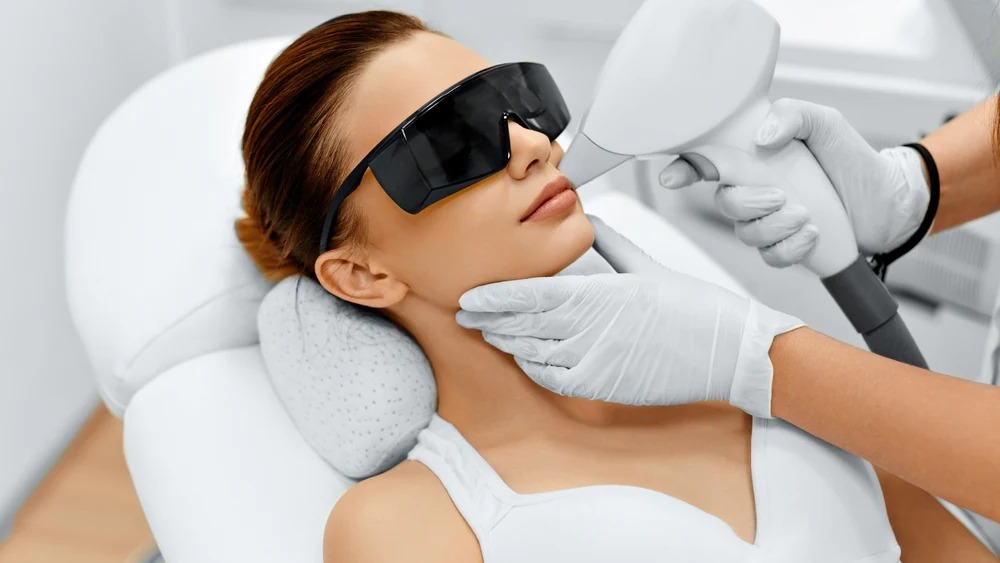Is Laser Hair Removal Safe for All Skin Types?
Laser hair removal has become a popular choice for those seeking a long-term solution to unwanted hair. But as with any cosmetic procedure, safety is a primary concern. Is it Haram to do laser hair removal? While this question relates more to religious considerations, the broader concern for many is whether the treatment is safe for all skin types. The answer depends on several factors, including skin tone, hair color, and the technology used.
How Laser Hair Removal Works?
Laser hair removal targets hair follicles with concentrated light energy. The pigment in the hair absorbs the light, which then damages the follicle enough to inhibit future growth. However, the effectiveness and safety of this process depend largely on the contrast between skin tone and hair color.
The Role of Melanin in Treatment Safety
Melanin, the pigment responsible for skin and hair color, plays a crucial role in laser hair removal. Lasers are designed to focus on dark pigment, meaning they work best on individuals with light skin and dark hair. However, advancements in technology have made it possible to safely treat a wider range of skin tones.

Safety Considerations for Different Skin Types
Not all skin types respond the same way to laser hair removal. The Fitzpatrick scale, which classifies skin types from I (very light) to VI (very dark), helps determine the safest approach for each individual.
Fair Skin (Types I-III)
People with fair skin and dark hair typically see the best results with laser hair removal. The high contrast allows the laser to precisely target hair follicles without affecting surrounding skin. Nd:YAG and Alexandrite lasers are commonly used for these skin types with minimal risk of side effects.
Medium to Olive Skin (Types IV-V)
Those with medium or olive skin tones may still achieve good results, but the risk of side effects like hyperpigmentation or burns increases if the wrong laser is used. Diode lasers are often recommended for these skin types, as they balance efficacy with safety.
Dark Skin (Types V-VI)
Historically, laser hair removal was riskier for darker skin due to higher melanin levels, which could absorb excess energy and cause burns or discoloration. However, modern Nd:YAG lasers have made the procedure safer for dark skin by using longer wavelengths that bypass the epidermis and target hair follicles directly.
Potential Risks and Side Effects
While laser hair removal is generally safe when performed correctly, some risks exist across all skin types.
Common Side Effects
Temporary redness, swelling, and mild discomfort are normal immediately after treatment. These usually subside within a few hours to a couple of days.
Rare but Serious Risks
Improper settings or inexperienced technicians can lead to burns, blistering, or permanent changes in skin pigmentation. Darker skin is more prone to hyperpigmentation, while lighter skin may experience hypopigmentation.
How to Ensure Safe Treatment
Choosing a qualified practitioner and the right laser technology is essential for minimizing risks.
Importance of a Patch Test
A patch test helps determine how the skin reacts to the laser before full treatment. This step is especially important for individuals with darker skin tones.
Selecting the Right Laser
Different lasers are designed for different skin types. Nd:YAG is safest for dark skin, while Alexandrite and Diode lasers are better suited for lighter tones.
Myths and Misconceptions
Several myths surround laser hair removal, particularly regarding its safety for various skin types.
Myth: Laser Hair Removal Is Unsafe for Dark Skin
While older lasers posed risks, newer technologies like Nd:YAG have made the procedure safe for darker skin when performed by an experienced professional.
Myth: Lighter Hair Cannot Be Treated
Laser hair removal is less effective on blonde, red, or gray hair because these lack sufficient melanin to absorb the laser energy. However, some advanced lasers can still provide modest results.
Conclusion
Laser hair removal can be safe for all skin types when performed with the appropriate technology and expertise. While fair skin with dark hair remains the easiest to treat, advancements in laser technology have expanded safe options for darker skin tones. Consulting a qualified specialist and undergoing a patch test are critical steps in ensuring a safe and effective experience.